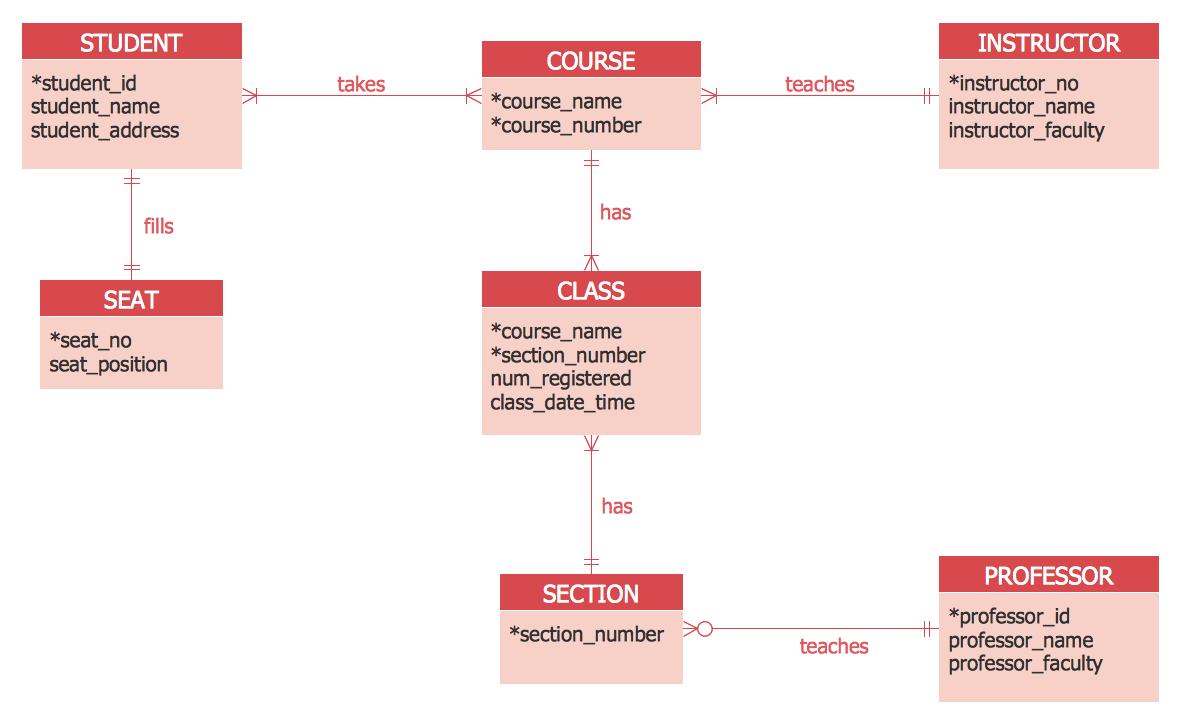Geometrie escher regolo54 geometrische perspektive symmetry g om trique isometrische optical formen isometric geometrisches regolo formes polyhedra geometrisch geometria parallelperspektive medi gemischten
Table of Contents
Table of Contents
Are you looking to learn how to draw geometric patterns in mathematics? Look no further! Geometric patterns can be both mesmerizing and beautiful, but they can also be intimidating to draw for those who are not mathematically inclined. However, with a few tips and tricks, anyone can start drawing complex geometric patterns with ease.
Pain Points
Many people may find the idea of drawing geometric patterns daunting, but there are a few specific pain points that tend to come up. One of the biggest issues is figuring out where to start. Without proper guidance, beginners may feel overwhelmed and unsure of how to approach a complex pattern. Additionally, some people may struggle with visualizing the final outcome and understanding how to connect different geometric shapes to create a cohesive design.
Answering the Target
To start drawing geometric patterns, begin by selecting a basic shape, such as a square or triangle. From there, experiment with different arrangements and combinations of the shape to create a unique pattern. For example, you may alternate the orientation or size of the shapes, or you may add additional shapes to create a more intricate design. It can be helpful to sketch out different ideas and variations before committing to a final design. Additionally, don’t be afraid to use tools like a compass or ruler to ensure accuracy and neatness in your final product.
Main Points
To summarize, when learning how to draw geometric patterns in mathematics, it’s important to start with a basic shape and experiment with different arrangements and combinations. Sketch out multiple ideas and use tools like a compass or ruler for accuracy. With practice and patience, anyone can create complex and stunning geometric patterns.
Personal Experience
When I first started exploring the world of geometric patterns, I was intimidated by the complex designs and intricate details. However, I found that breaking down the patterns into individual shapes and experimenting with different arrangements helped to demystify the process. By starting with basic shapes and gradually adding complexity, I was able to create beautiful patterns that I never thought possible.
 Using tools like a compass and ruler also helped to ensure that my patterns were accurate and neat. With practice, I gained confidence in my abilities and began to experiment with more intricate designs.
Using tools like a compass and ruler also helped to ensure that my patterns were accurate and neat. With practice, I gained confidence in my abilities and began to experiment with more intricate designs.
Tips for Success
If you’re struggling with how to draw geometric patterns in mathematics, here are a few additional tips:
- Start simple and gradually increase complexity
- Use a compass and ruler for accuracy
- Experiment with different shapes and arrangements
- Sketch out multiple variations of the design before committing to a final version
 Working with Symmetry
Working with Symmetry
One of the most interesting aspects of geometric patterns is symmetry. Using symmetrical shapes and arrangements can create an aesthetically pleasing and balanced design. When working with symmetry, a basic understanding of mirror images and rotational symmetry can be helpful. By creating patterns that are symmetrical along a central axis or rotation, you can achieve a visually striking design.
 #### Using Color
#### Using Color
Finally, don’t be afraid to experiment with color in your geometric patterns. Using a variety of colors can add depth and interest to an otherwise simple design. Consider using complementary colors or different shades of the same color to create a visually appealing pattern.
 Question and Answer Section
Question and Answer Section
Q: Is it necessary to have a strong mathematical background in order to draw geometric patterns?
A: No, it is not necessary to have a strong mathematical background to draw geometric patterns. While a basic understanding of geometry can be helpful, anyone can learn to draw complex patterns with practice and patience.
Q: What shapes work best when creating geometric patterns?
A: Any shape can work when creating geometric patterns, but some of the most commonly used shapes include squares, triangles, circles, and hexagons.
Q: How do I know if my design is too complex?
A: Trust your instincts! If you feel like your design is becoming too difficult or complicated to execute, take a step back and simplify. Remember, simple designs can be just as beautiful as complex ones.
Q: Can I use technology to help create geometric patterns?
A: Yes, there are many online tools and apps that can help you create and manipulate geometric patterns. However, it is still important to have a basic understanding of shapes and symmetry in order to create a visually appealing design.
Conclusion of how to draw geometric patterns in mathematics
In conclusion, learning how to draw geometric patterns in mathematics may seem daunting at first, but with practice and patience anyone can create stunning designs. Start with a basic shape and experiment with different arrangements and combinations, using tools like a compass and ruler for accuracy. Consider incorporating symmetry and color into your designs for added interest and appeal. By following these tips, you’ll be creating intricate geometric patterns in no time!
Gallery
Pin On Tumblr

Photo Credit by: bing.com / geometry inviluppi inviluppo regolo54 nail curva tangle fare spirograph borduren fadengrafik segmenti
Lesson 5: Geometric Patterns - Generating And Analyzing Patterns In 4th

Photo Credit by: bing.com / geometric patterns math pattern lesson number grade 4th squares numerical aspect increases row total each added there so
Pin On Polyhedra @regolo54

Photo Credit by: bing.com / geometrie escher regolo54 geometrische perspektive symmetry géométrique isometrische optical formen isometric geometrisches regolo formes polyhedra geometrisch geometria parallelperspektive medi gemischten
#polyhedra #solid #torus #geometry #symmetry #pattern #handmade #Escher

Photo Credit by: bing.com / geometric geometry pattern patterns 3d shapes sacred circle spiral fibonacci pencil choose board escher mathart mandala designs lotus
Mathart | Geometric Shapes Drawing, Geometry Art, Geometric Drawing

Photo Credit by: bing.com / pentagon fractal drawn symmetry mathart regolo54 tattooideasland






